Innovators and Scientists
Pathways

Explore the museum's bird collection. Learn how to help birds through citizen science.
View Pathway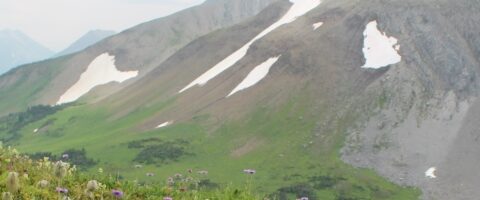
2In 2 playlists
British Columbia has high mountains. Lots of them. In fact, more than 12 per cent of the province is alpine tundra—land above the trees. The alpine tundra is a land of extremes. Trees can’t grow at such high elevations because of cold temperatures. The growing season is brief, and some areas are covered by snow…
View Pathway
To celebrate its 100th anniversary, the Dominion Astrophysical Observatory (DAO) partnered with Royal BC Museum. Discover how this place of science helped the world understand astronomy and our place in the universe.
View Pathway
1In 1 playlists
Marine invertebrates are animals without backbones that live in the ocean. These creatures make up most of ocean animal life. Learn about the incredible diversity beneath the waves.
View Pathway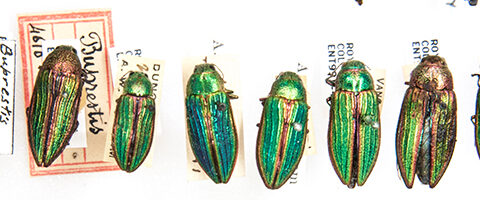
1In 1 playlists
The study of insects (entomology) is alive and well at the Royal BC Museum. Go behind the scenes to discover how we learn about the diversity of insect life in this province.
View Pathway
1In 1 playlists
The Royal BC Museum fish collection is varied and wonderful. Explore the astounding diversity of British Columbia fishes through the collection and scientific illustration.
View Pathway
3In 3 playlists
Some of the oldest fossils in the Royal BC Museum collection are some of the oddest looking too. Learn about the strange forms of early life on Earth.
View Pathway
5In 5 playlists
American botanist Mary Gibson Henry collected plants in northeastern BC in 1931. Her pioneering journey was recorded on film. Lucky for us, BC Archives has a copy.
View Pathway
2In 2 playlists
With all the choices for recording images these days, the art of illustration is still valued by scientific researchers. Explore the work of gifted biologist and illustrator Dr Hart.
View PathwayMedia
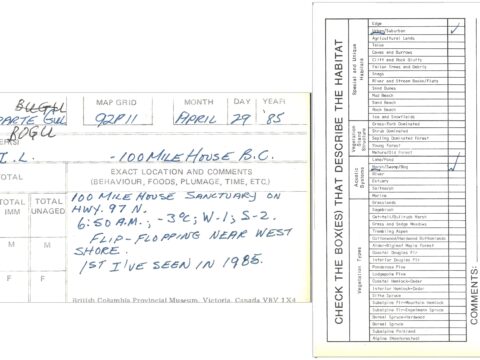
Citizen Science Card
Look
Completed Study Skin
Look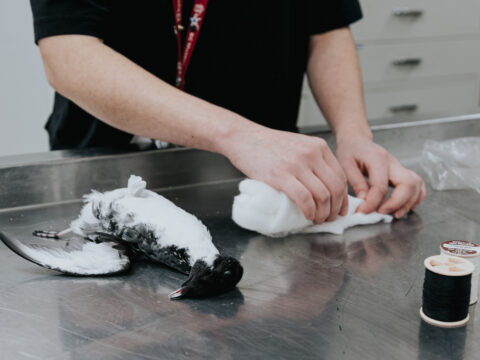
Final Stitch
Look
Tissue Collection
Look
Skinning
Look
First incision
Look
Data Collection
Look
Study Skin
Look
Taxonomy
Look
Catalogue
Look
Radio Transmitter
Look
Mark and Recapture
Look
Research Notebook
Look
Unique Toes
Look
Buster’s Skeleton
Look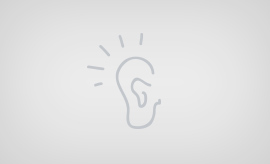
Fossil Vertebrate Collection
Listen
Climate Change and Plate Tectonics in BC
Listen
The Story Behind Buster, the mountain dinosaur of BC
Listen
Dating Fossil Discoveries
Listen
Digital Dinosaur Bone
Look
Dinosaur Claw
Look
The Journey of a Fossil
Watch
037A1998
Look
Examining Buster’s Bones
Look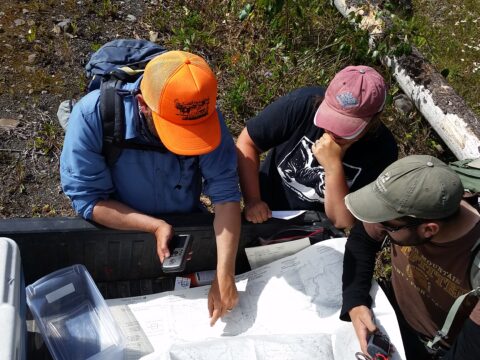
Examining maps
Look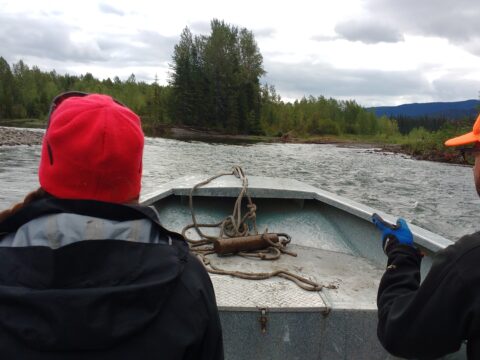
Jet Boating
Look
Team Sustut
Look
Giant Turtle Shell Fossil
Look
Uncovering Fossils
Look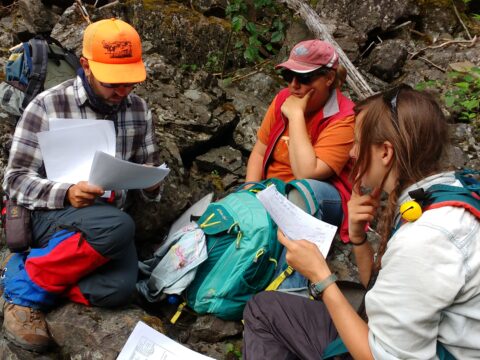
Thinking at Birdflat Creek
Look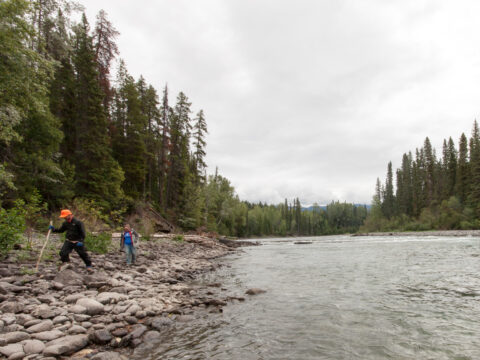
Walking at Sustut River
Look
Outcrop
Look
Dinosaur Footprints Search
Look
Look

Railway Fossils
Look
Moose Skull
Look
Dinosaur Path
Look
Dr. Arbour and Fossil Plant
Look
The Journey of a Fossil
Watch
The Universe of John Plaskett
Listen
Binary Star Conference
Look
DAO Opening Ceremony
Look
Plant Genetics
Listen
Plant Detectives and Pollen Analysis
Listen
Telescope Tube
Look
Dome Assembly
Look
Rotating Dome Tracks
Look
DAO Scale Model
Look
Completed Telescope Mirror
Look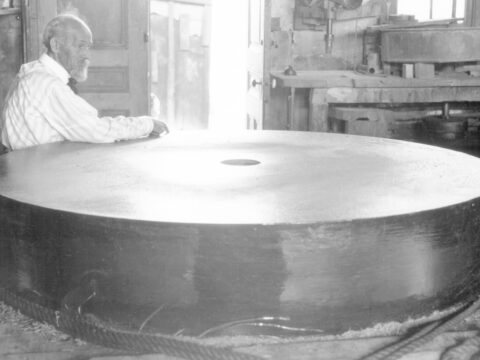
Telescope Mirror
Look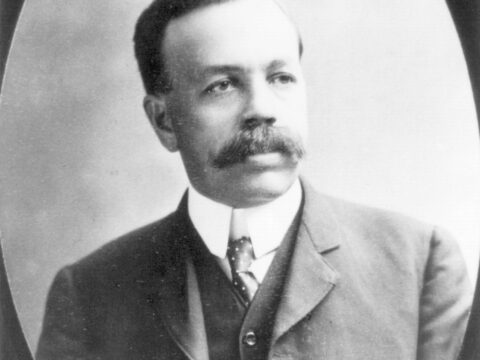
J.S. Plaskett
Look
Canada-France-Hawaii Telescope
Watch
Telescope Mirror
Watch
Dr. Dennis Crabtree
Listen
Dr. Samantha Lawler
Listen
Dr. J.S. Plaskett
Listen
Plant Dryer
Watch
BioBlitz Discoveries
Watch
Great Tundra
Read
Marine Travellers from Japan
Watch
Seaweed and Bugs
Watch
Gray Whale
Watch
Drawing Fish
Read
Summer 2016 Facebook Live Species At Risk Event
Watch
This Week in History Season 4 Episode 14 Mary Gibson Henry
Watch
Mary Gibson Henry collection
Look
Claudia_1027
Look
Discovering Diversity Part 1
Read
Behind the Scenes: Entomology
Watch
Humboldt Squid
Watch
Spider Specimen
Look
Fish Family Illustrations 2
Look
Fish Family Illustrations 1
Look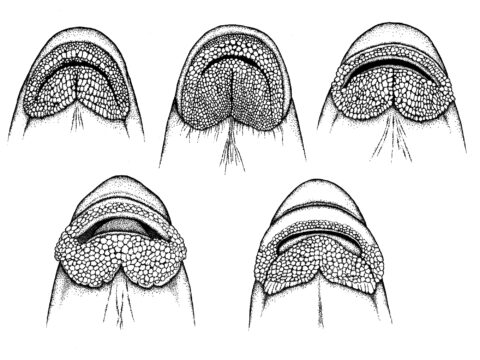
Sucker Mouths
Look
Fish Tails
Look
Orange Spotted Sunfish
Look
Pumpkinseed Fish
Look
Green Sunfish
Look
White Crappie
Look
Smallmouth Bass
Look
Exploring the Coastline
Look
Discovering Diversity Part 4
Read
Into the Deep
Read
Humboldt Squid
Watch
Entomology: Behind the Scenes
Watch
Thyasirid Clam
Look
Sunbeam Lampfish
Look
Fall Spider Season
Watch
Eulachon Illustration
Look
Marmot Dissection
Watch
Dragonflies of BC
Watch
Marmot
Watch
Marmot Dissection
Watch
Type Cabinet
Look
Spotted Bat Illustration
Look
Mary Gibson Henry Expeditions
Read
Botany at the Royal BC Museum
Watch
Dr. Ken Marr
Watch
Dr. Erica Wheeler
Watch
Mary Gibson Henry
Watch
Dr Melissa Frey
Watch
Type Specimens and the Oldest Fossils
Read
About Grace Bell
Read
This Week In History – Josephine Hart
Watch
Mary Gibson Henry in BC
Look
Mary Gibson Henry Expedition
Look
Petition for a Museum
Watch
Tropical Valley Expedition
Watch
Paxillose Crab Illustration
Look
Foliate Kelp Crab Illustration
Look
Josephine F. L. Hart Profile
Look
Dr Josephine Hart
Look
Sharp-Nosed Crab Illustration
Look
Blue Band Hermit Crab Illustration
Look
Maroon Hermit Crab Illustration
Look
Pubescent Porcelain Crab Illustration
Look
